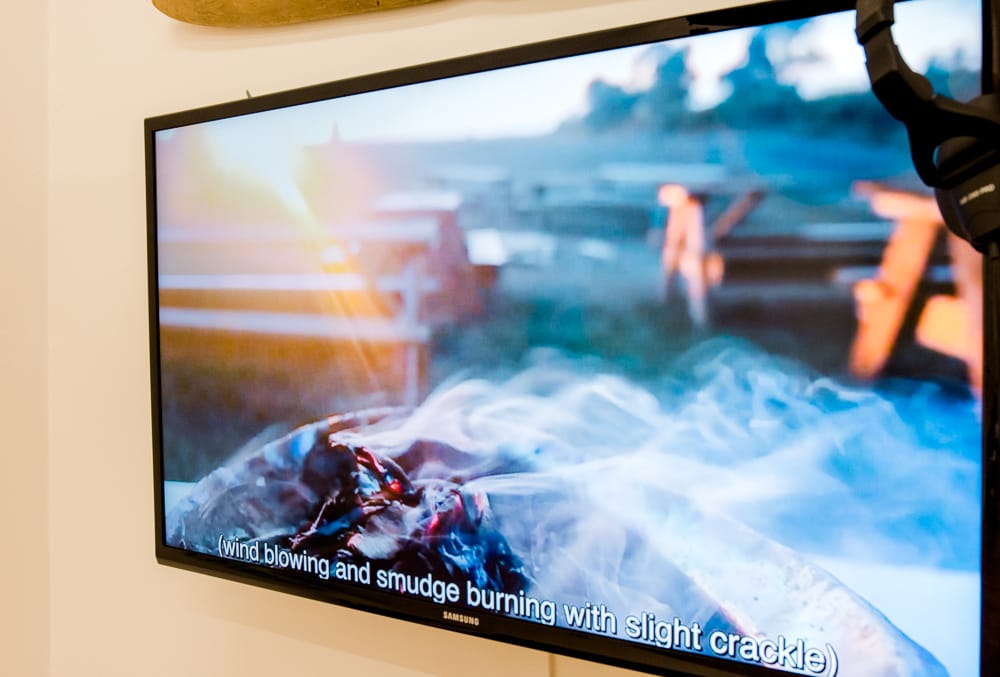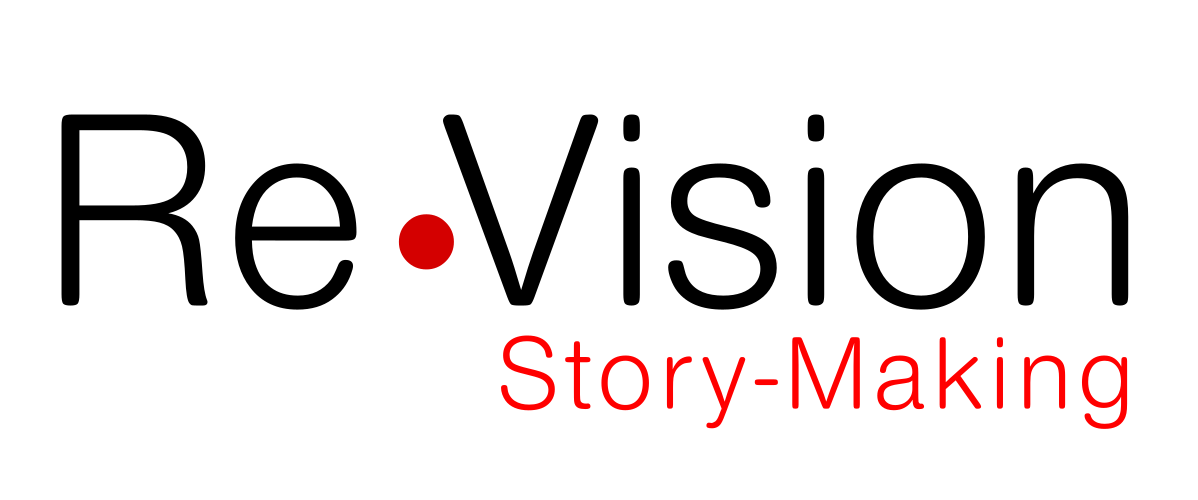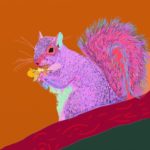
Voiceover, Sound, and Music
In digital storytelling the voiceover is often referred to as the spine of the story. In its traditional form, a storyteller writes a short script to read or they speak improvisationally, whichever form feels more comfortable.
A three-minute digital story is built on a 350-word script. Many are surprised that voicing their words can bring up strong emotions and it can be a powerful act to allow the emotion to come through the voice, often through crying, laughing, vocal intensity, or breath.
Bringing in both music and sound effects can alter the feel of the narrative, deepening and accentuating the story; however, music can easily overpower the narrative and there are copyright issues to consider when using pre-recorded music.
Moments of silence can also enhance the storytelling in a powerful way.
Soundscape Around Us
Perhaps creating a soundscape could begin with listening to the soundscape around us; the voices that are centred and those that are marginalized.
Sawyer and Osei-Kofi (2020) describe a way of listening, rooted in decolonial and Black feminist methodologies that encounters the environment and listens for what it speaks or whispers to them.
This type of listening “destabilizes linear traditional ways of knowing and their dichotomies, where quiet does not mean silence, and where images, events and black life are re-engaged and importantly repositioned” (p. 58).
Wimpenny et. al. (2018) describe the concept of a bricolage as “found sounds and sound made from found objects to compose soundscapes” (p. 101).
Sounds can be layered to create a melodic or discordant soundscape, thinking through what sounds we are constantly inundated with and what sounds we have to search to find.
Adding the sound of breath or breathing to a soundscape can add a sense of tension or urgency, for example, the sound of heavy breathing can be a sign of embarrassment or shame.
Sounds of medical system for someone in a fat body can create a sense of fear wondering, for example, what is blood pressure reading going to be?
Many groups are reclaiming sounds and asking questions such as, “whose bodies get to make sounds in certain places?”
Breathing heavy means I’m unlearning the fatphobic beliefs that tell me to take up less space, to not let my belly poke out when I take a deep inhale, to suck in when I notice my reflection
Unlearning the shame we feel about being out of breath, Amber Karnes
References Sawyer, & Osei-Kofi, N. (2020). “Listening” With Gothenburg’s Iron Well: Engaging the Imperial Archive Through Black Feminist Methodologies and Arts-Based Research. Feminist Review, 125(1), 54–61. https://doi.org/10.1177/0141778920913551 Wimpenny, Gouzouasis, P., & Benthall, K. (2018). Remembering, Reflecting, Returning: A Return to Professional Practice Journey Through Poetry, Music and Images. Media Practice and Education, 19(1), 98–115. https://doi.org/10.1080/14682753.2017.1362179



